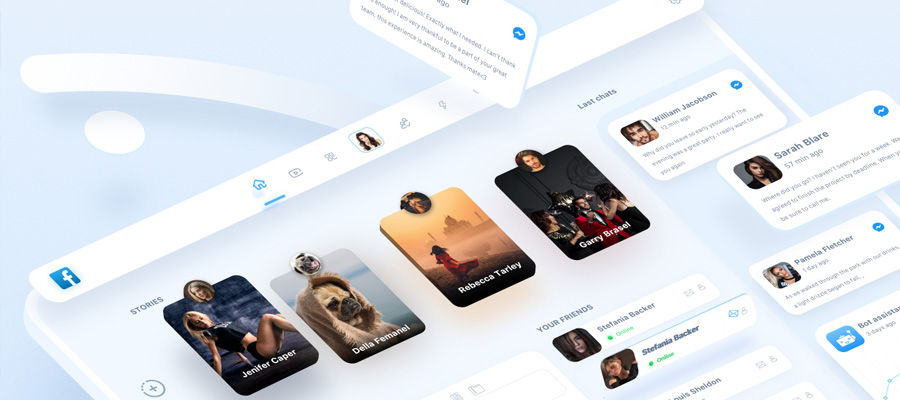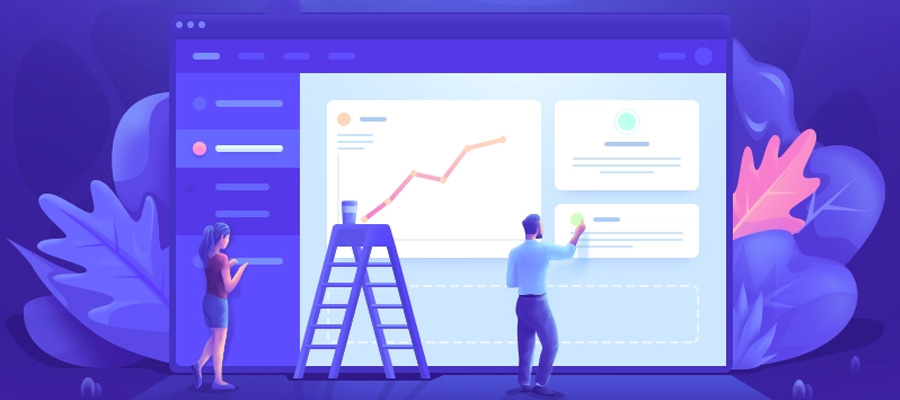Since its inception in the early 90s, it will come as no surprise to anyone that the World Wide Web turned out to be a winner. In September 2014 the web’s inventor, Sir Tim Berners Lee, tweeted to announce that the world now has over 1,000,000 live web pages.

The benefits of widespread internet access for commerce, education, health and pretty much any other area you can think of, are indisputable. Over the last 2 decades internet connected devices have made themselves near universally available, for those of us lucky enough to live in relative prosperity at least.

But the sheer profusion of sites and information on the web has presented its own challenges. You’re probably used to the process of opening a Google link, before scanning the site design and content at rapid fire speed to decide whether it contains anything of value. Webmasters around the world attempt to minimise their “bounce rate”, the proportion of visitors who leave a site after viewing only 1 page.

An attractive and engaging site design will help attract more visitors and retain those who do come across your site. For one thing, users will take it as a symbol your site is worked upon and cared about, giving them more incentive to explore and find relevant information.

One option is to go for the elaborate - big flash presentations which show your business or cause to good effect. Morgan Stanley’s “Matrix” website is a good example of this approach, but it presupposes your visitor has the time and inclination to engage with a long presentation which requires their interaction.

In general, website engagement follows a Pareto rule (also known as the 80/20 rule) - 80% of your page’s use is derived from 20% of the site elements. Internet browsers make very quick decisions on a site - to the extent that a fraction of a second loading delay can have disastrous effects on your visitor numbers.

By cutting down on the unnecessary clutter on a page you may fractionally (but valuably) reduce load time. When your visitors arrive, they'll see a simpler page which is more relevant to why they came. That isn't to say images, graphics and widgets are redundant - as long as they contribute to a page’s purpose.
The sites that retain most visitors are simple, relevant and clean; designed holistically for a purpose; whether you're aiming to educate, sell or entertain. By taking simple steps to connect more directly with an audience, your site may reap dividends!




















